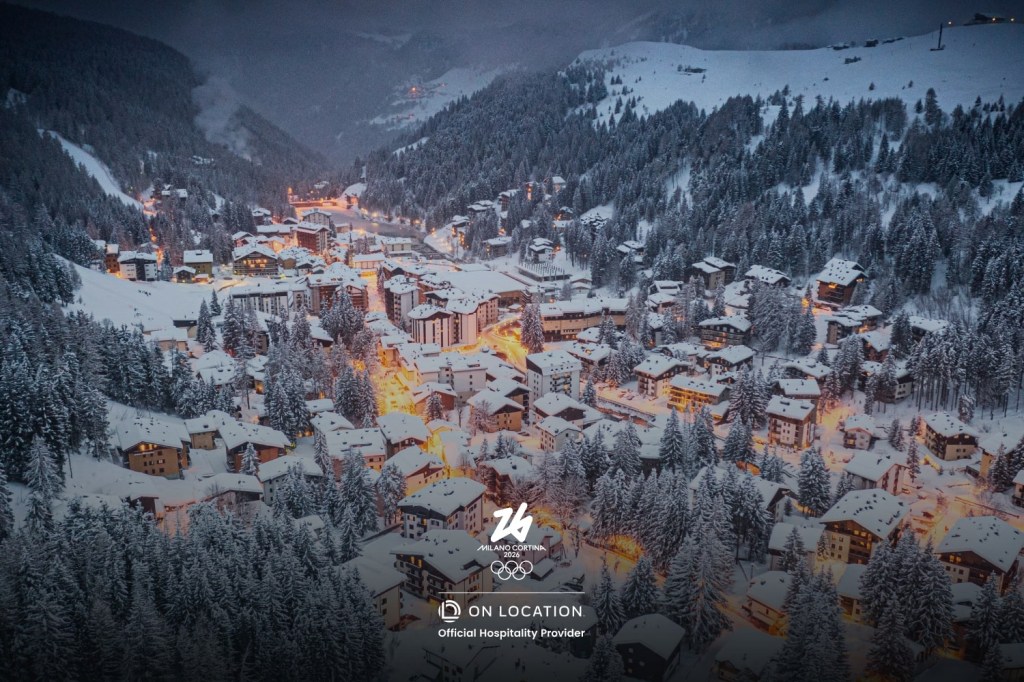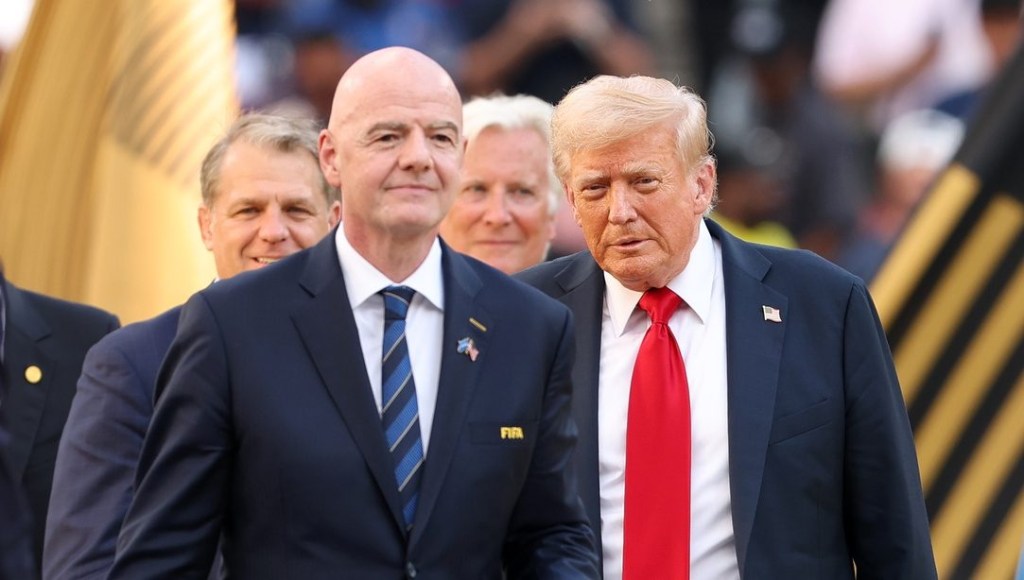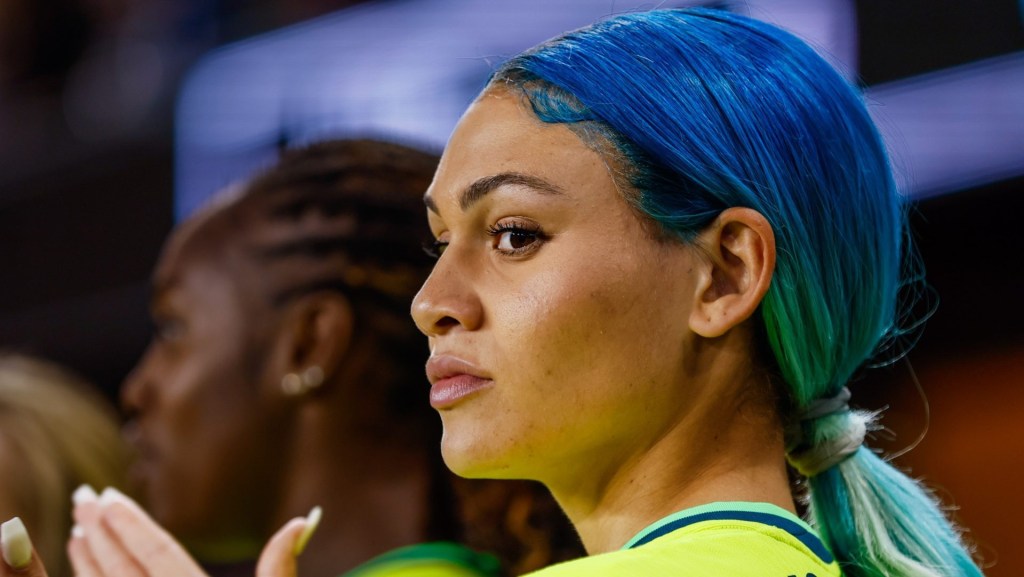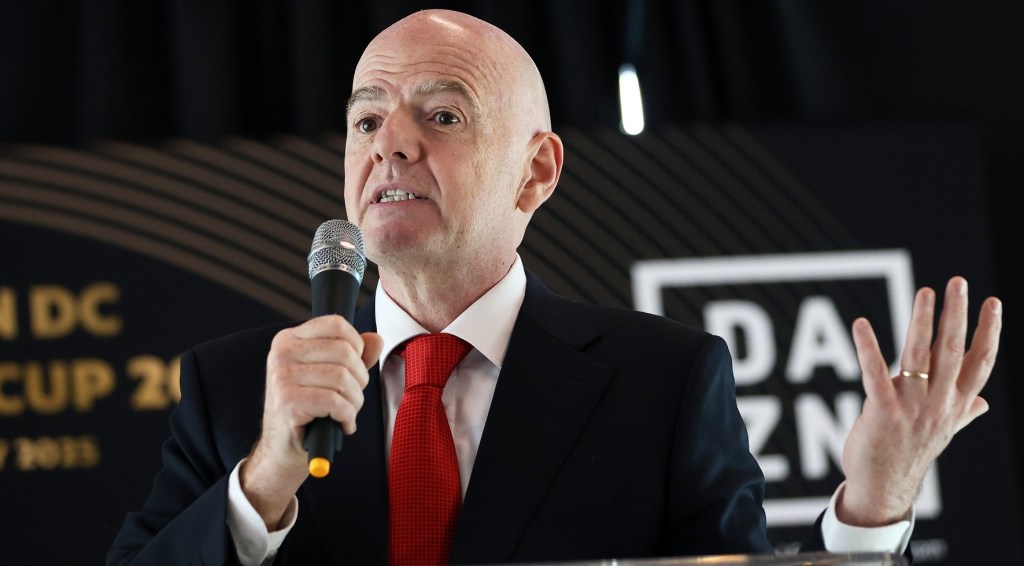As a kid, Ray Bishop customized his Hot Wheels cars with markers, paint, and even nail polish swiped from his mother’s cabinet. Later, working in an auto body shop in hockey-mad Michigan, he took on a different project after watching a minor league hockey goalie on TV in a bland white mask. He started designing goalie masks locally, but soon was working with legendary players including Dominik Hašek, Ed Belfour, and Ryan Miller. He now designs masks professionally as Bishop Designs.
Designed to protect faces from a constant barrage of frozen rubber pucks launched at speeds in excess of 90 mph—this season, Tage Thompson of the Buffalo Sabres logged a shot at 104.69 mph—masks are also advertisements for a team, a player, and a designer. And they’re now art pieces that reflect an identity.
Former NHL All-Star Curtis Joseph’s feral dog motif—a tribute to his nickname “CuJo” and the Stephen King novel of the same name—went with him from team to team, and was instantly recognizable from anywhere in the arena. In Boston, Tuukka Rask’s snarling Boston bear head stole the show. And recently, for 4 Nations Face-Off, popular Sweden-based designer David Gunnarsson created masks for goalies on each team.
The modern game leans on style in a way it didn’t in the past: The prevalence of multiple alternate uniforms and the rise of special events like the outdoor Winter Classic and Stadium Series have normalized some goalies having two or three different masks during a season.
Behind the scenes, the designs of these masks stem from a highly creative collaboration between player and artist: a partnership on a business, personal, and creative level that stands out in a way unique in professional sports. It’s an ongoing process, and the relationship between goalie and designer becomes increasingly important—not unlike the relationship between an actor and a fashion house.
“Goalies are a different breed,” says Bishop. “They’re born, not made. It’s just like artists. I think that’s why we get along. You can learn goaltending and you can learn art, but it’s not the same as when you’re born with that passion.”
Bishop describes his process as “design archaeology,” which includes talking to his clients about their interests outside of hockey to try to find inspiration. And, of course, it helps to be a knowledgeable fan.
“I’m not the most creative or artsy guy, so I kind of just give him a couple of ideas and I let him run with it,” says Pittsburgh Penguins netminder Alex Nedeljkovic. “He’s the artist. He can see things a lot better than I can and he’s always come up with something special.”
Sylvie Marsolais, who along with business partner Alexandre Mathys runs the Montréal-based Sylabrush Airbrush, has designed for Tampa Bay Lightning All-Star Andrei Vasilevskiy and Elaine Chuli of the PWHL’s Montreal Victoire. (Marsolais played goalie as a kid on her family’s backyard rink when she wasn’t doodling goalie gear in sketchbooks.) She knew that Victoire fans call Elaine Chuli “Choo Choo,” so naturally she encouraged the goalie to include a train in her new mask design.
But Chuli reminded her there is also function behind the style. “I wanted to incorporate a white cage into the design,” explains Chuli. “Because of the lights in the rink, I find it doesn’t reflect off it the way a chrome cage might. I can see better, with less glare.” But still, some of Marsolais’s artistic touches have rubbed off on Chuli, who admits to keeping notes on her phone with possible new mask ideas. “If I have an idea I’ll put it in there.”
Carolina Hurricanes goaltender Frederik Andersen—a Denmark native—always has a Lego character on his mask. Bishop says he hasn’t asked for permission to use the design—he’s not worried about looking over his shoulder for corporate lawyers. “I’m not mass-producing and selling these designs commercially,” says Bishop. “The way I look at it, if I paint Mickey Mouse on a mask, I’ve just advertised for Disney for free. And if they did come down on a player for having something on their mask they loved as a kid, they’d probably get more bad press than good.”
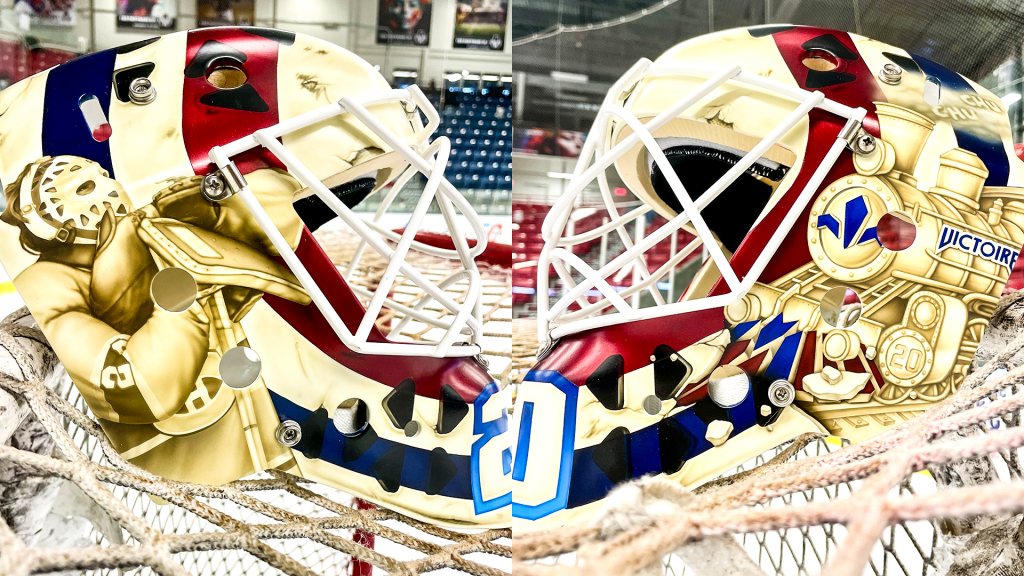
The process, says Bishop, is very time consuming. “Depending on the complexity of the design, a typical project from start to finish is easily 50 hours or more.”
Stéphane Bergeron agrees. The artist started airbrushing his own motorcycle and helmet as a hobby before forming his company Griff Airbrush. A chance meeting with former NHLer Patrick Lalime—and an impulsive offer to paint his mask—started him on a new path that eventually saw him design for the likes of Minnesota Wild star Marc-André Fleury. He estimates a standard mask can take him up to a week from initial mock-up to final delivery.
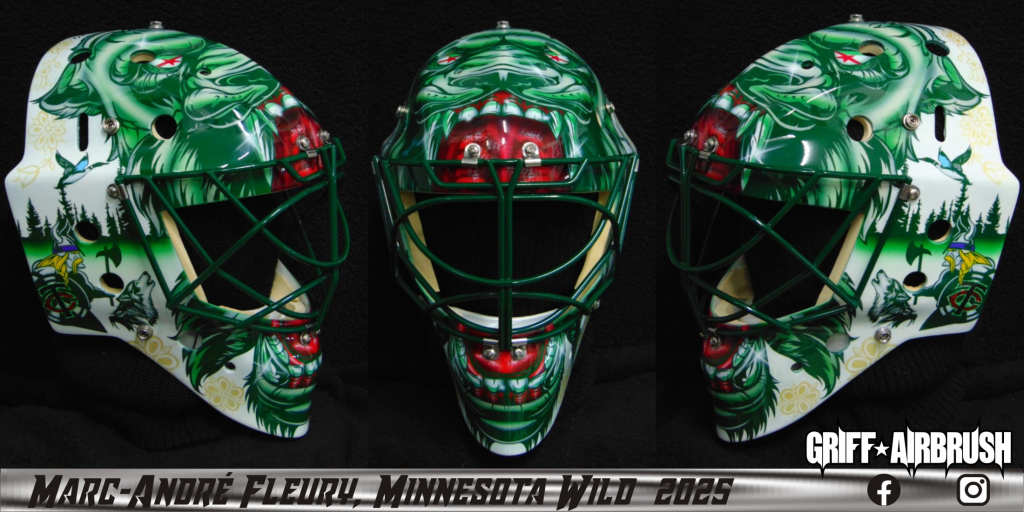
It’s also expensive. Bishop says his own “sweet spot” for a reasonably detailed mask design is priced between $1,500 and $2,000. (Teams usually pay, but Nedeljkovic says not every franchise has a budget for multiple masks.) “I won’t claim to be the cheapest guy out there because I’ve been doing this a long time, but honestly if you broke it down hourly I’d make more money asking if you’d like fries with your meal,” says Bishop. “By the time you figure in the expense of materials … it’s a lot.” (Bishop has begun designing and developing vinyl wraps for masks, which can add some flare at a much more reasonable price point for non-professionals.)
Marsolais also prefers to establish a flat fee up front rather than clock hours. In the end, she says, perfection is always the goal, since the finished product is so publicly visible. The exposure “does impact the business, for sure,” says Marsolais. “Often people come to us because they saw Vasilevskiy’s mask—they like his mask so they trust us. And not just other goalies, but motorcycles, cars, even pool cues.”
Bishop and Bergeron agree, having seen how a few iconic masks attracted some unexpected clients. “After doing Ryan Miller’s masks, I started getting offers to do guitars for some pretty famous musicians, like the band for Dwight Yoakam, guitars and drum kits for Theory of a Deadman, and one of my most recent designs was a guitar for Post Malone.”
In the end, the goal is to take a piece of sporting equipment and evolve it into something personal and, hopefully, iconic. In some cases, fans know masks more than faces. For instance, even if fans couldn’t pull former goalie Belfour out of a police lineup, they knew his double eagle mask no matter where he played. The mask was more recognizable than the face.
“We like to come up with those main items,” says Marsolais. “Like Vasilevskiy always has the lion. That’s how they get their identity. When Patrick Roy was in net, you knew it was him. Félix Potvin … goalies like that. I always liked that.”
And, as Bishop explains, a great mask impacts both artist and athlete. “I put a piece of myself into every mask,” he says. “It sounds corny, but it has to be done with love.”
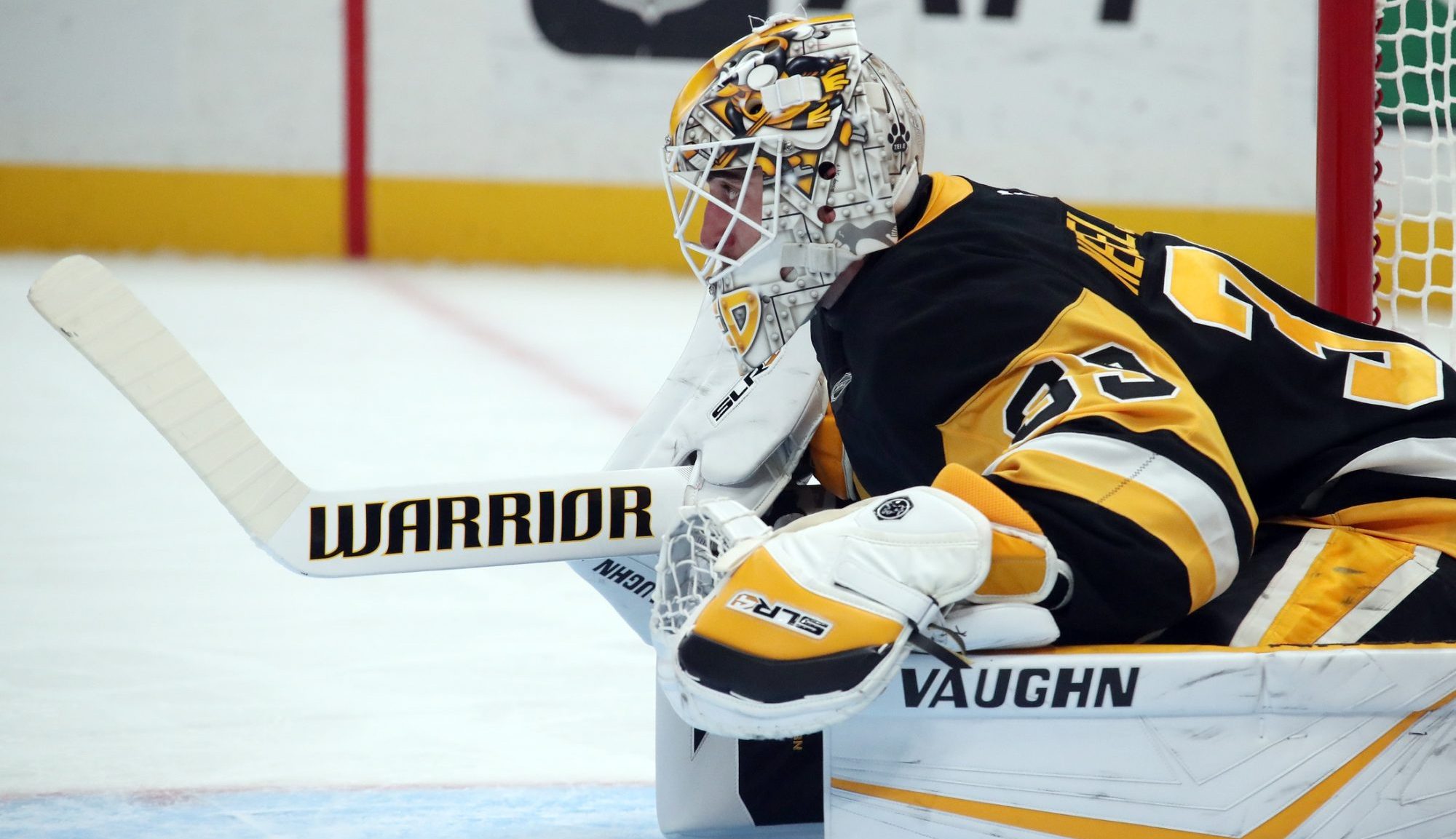
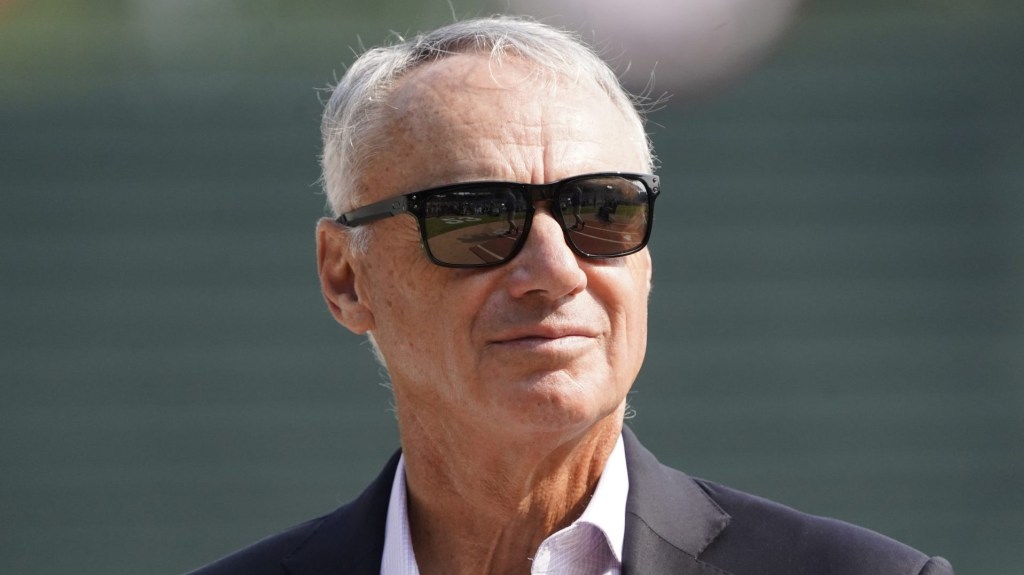
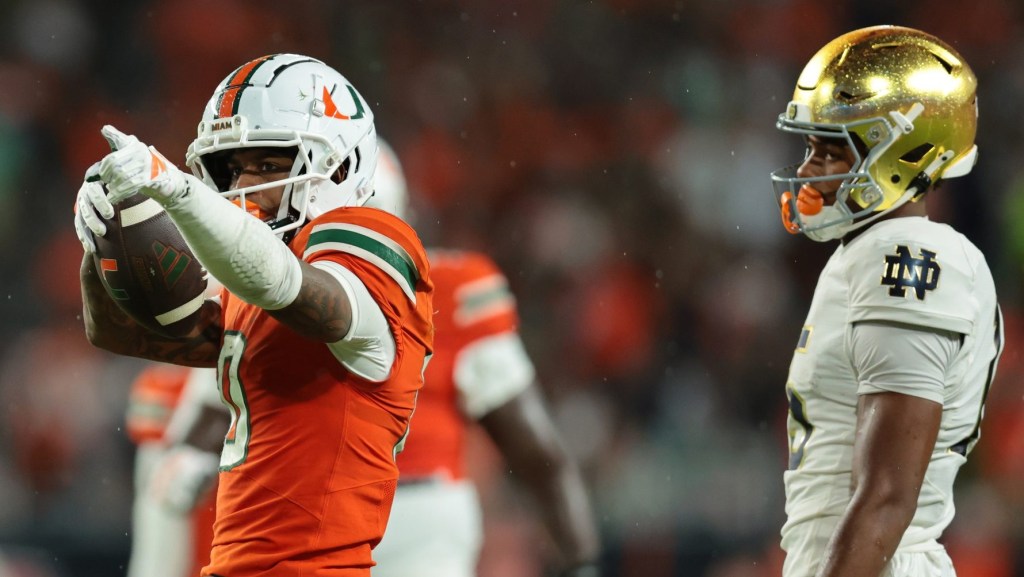
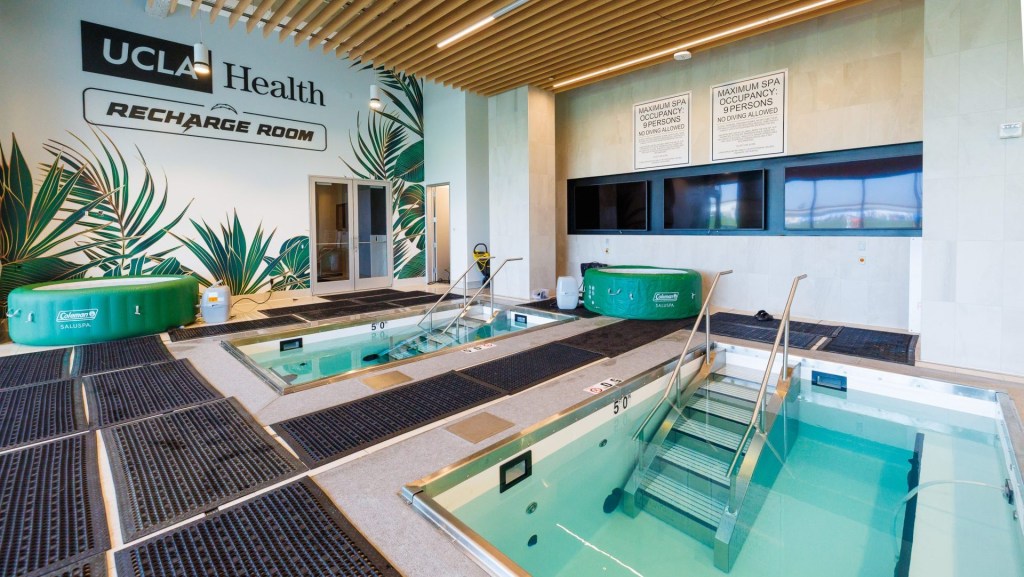
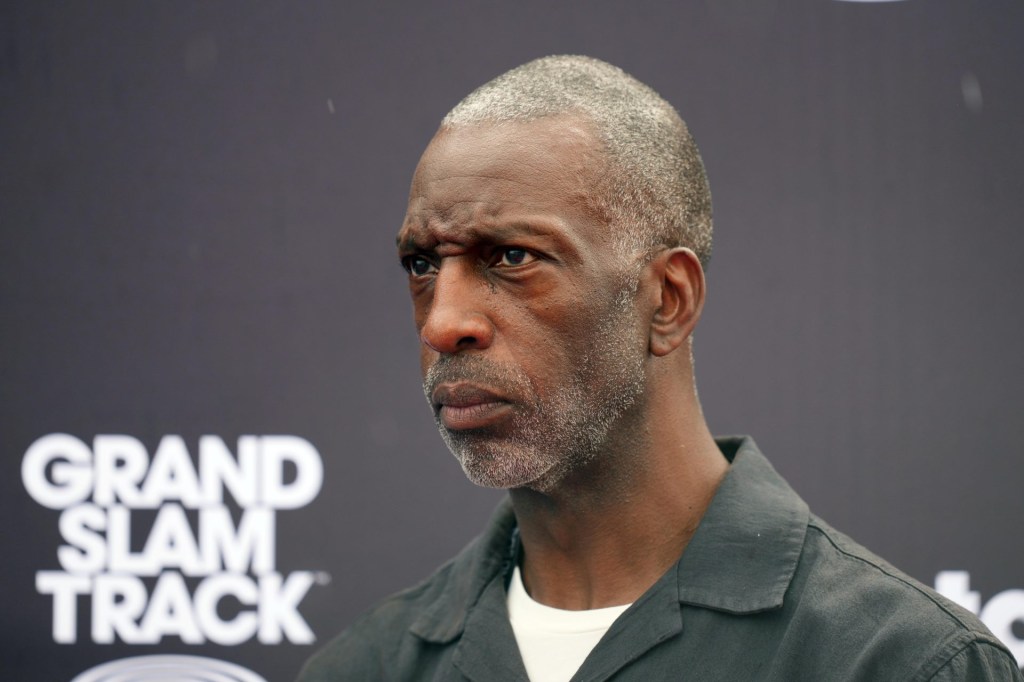
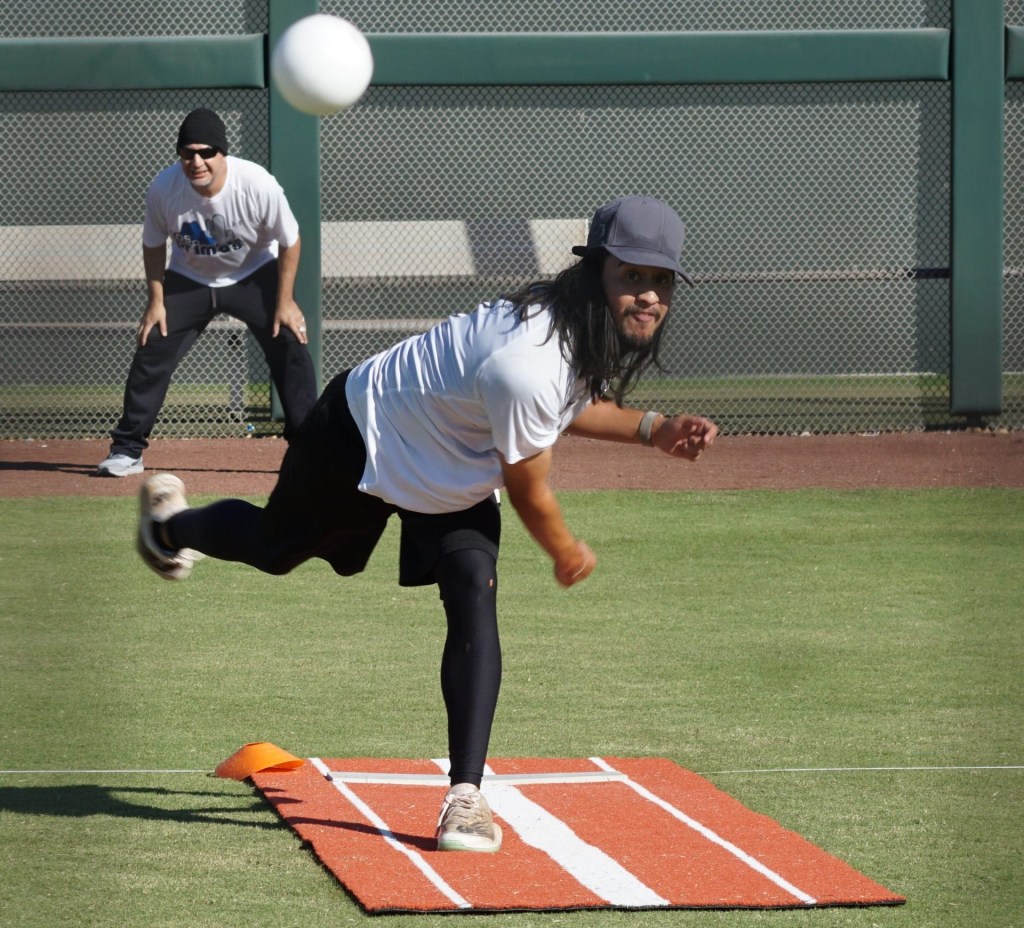
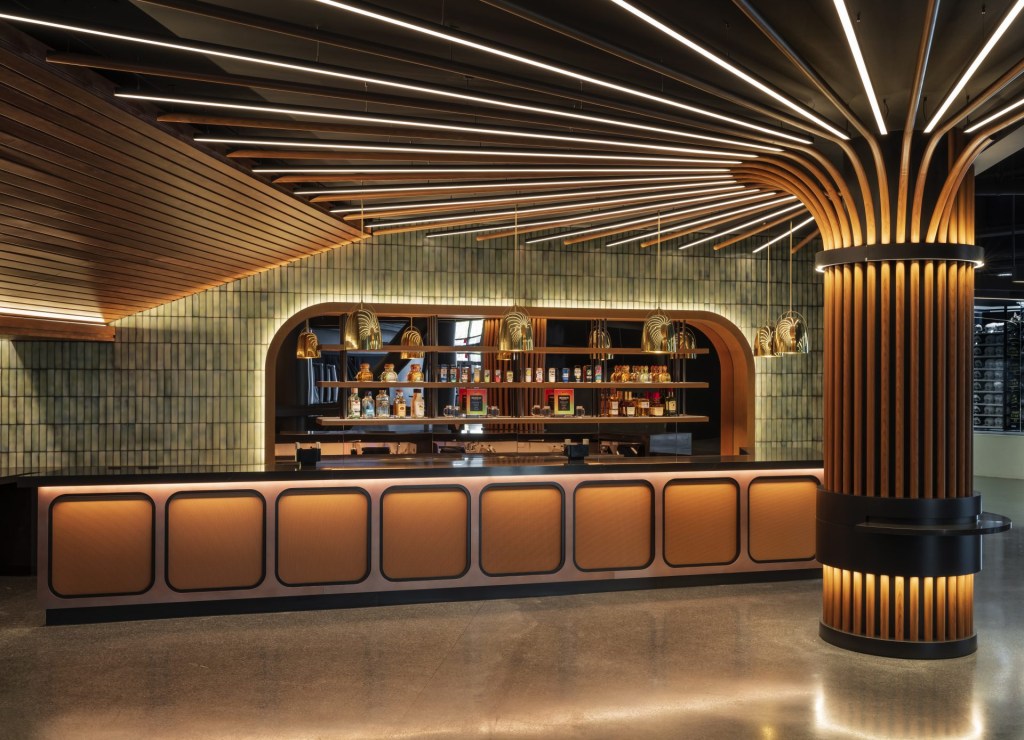

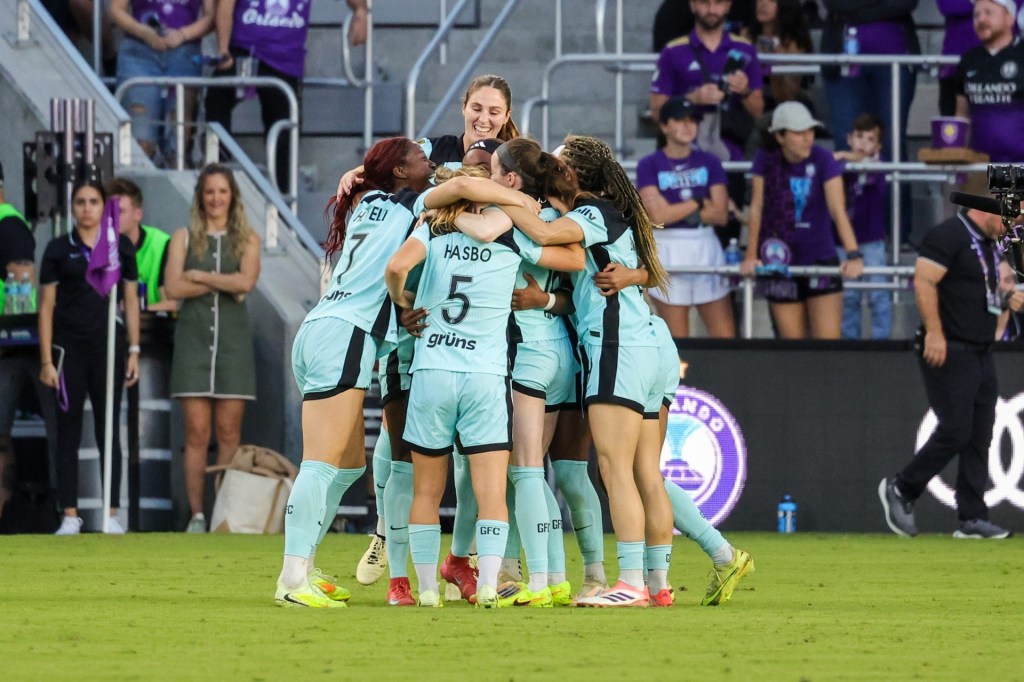
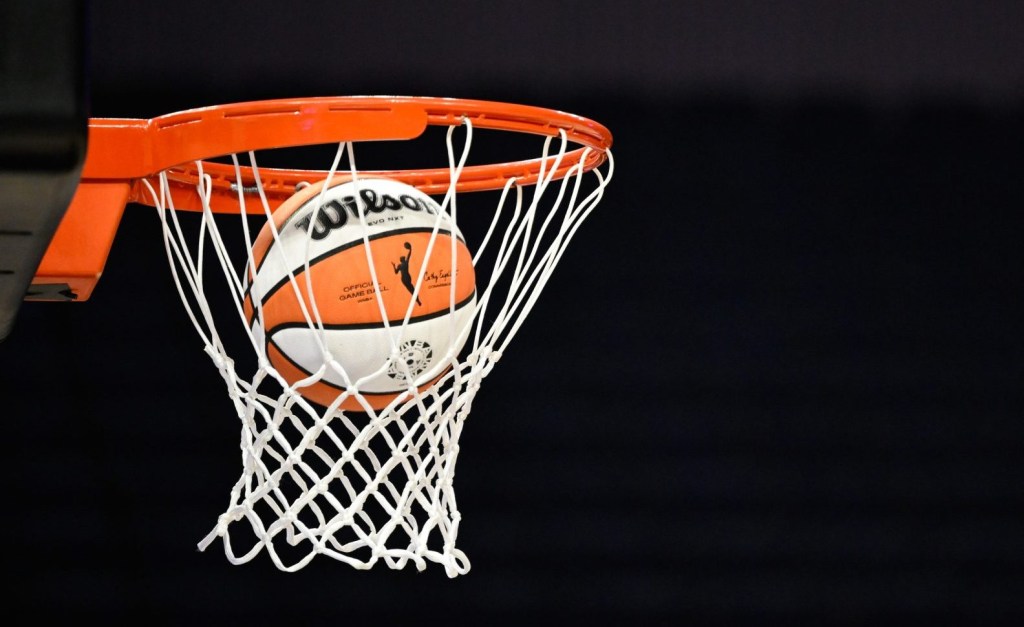
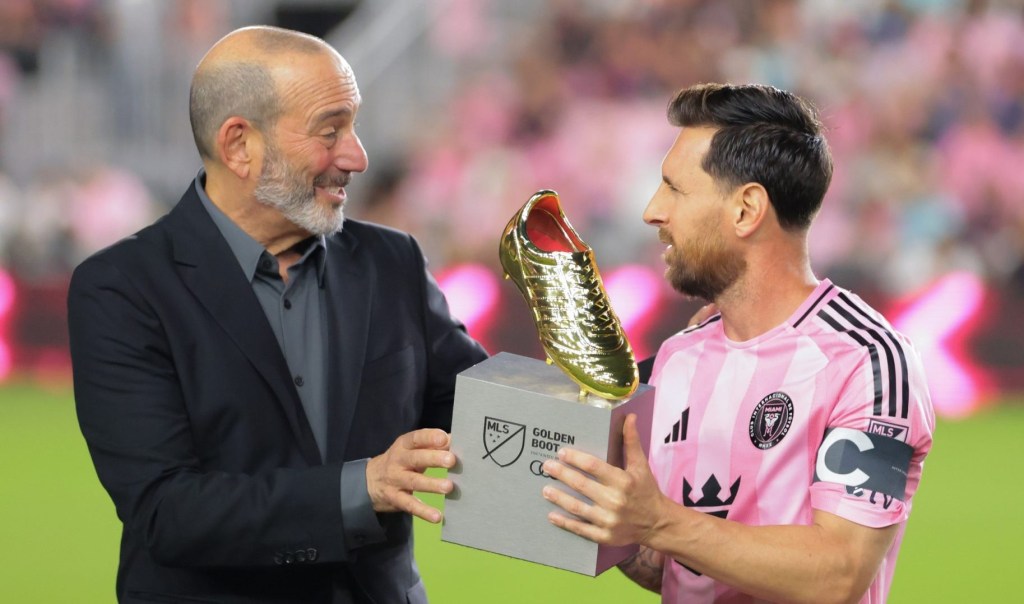
![[US, Mexico & Canada customers only] Dec 5, 2025; Washington, District of Columbia, USA; United States of America President Donald Trump, FIFA President Gianni Infantino and Canada Prime Minister Mark Carney watch from the stands during the FIFA World Cup 2026 Final Draw at John F. Kennedy Center for the Performing Arts.](https://frontofficesports.com/wp-content/uploads/2025/12/USATSI_27745262_168416386_lowres-scaled.jpg?quality=100&w=1024)
